Toilet Training
Toilet Training
Children learn bladder and bowel control when they naturally develop the desire to be dry and clean. Usually children learn to use a toilet between the ages of two and four, although there is some variation in this. Your toddler may start using the toilet earlier or later than your friend’s child; it is therefore recommended not to compare toddlers. Let your child be toilet trained at his or her own pace.
The following tips can facilitate the toilet training process for your toddler.
Signs of Readiness
Parents can observe certain signs that tell them their toddler is ready for potty training. These signs are important, because if parents start too early, the process can be very irritating. Your child is ready for potty training when he
- can follow two-step instructions like, ‘Hurry up and sit on the potty seat!’
- can remain dry and clean for at least two hours.
- can control his urine during a nap.
- doesn’t feel his bowel movements during the night.
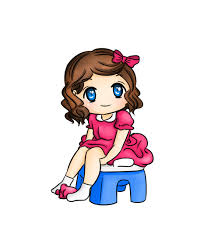
- can pull his pants up and down.
- can tell you by words or gestures that he needs to go to the toilet.
- knows and tells you that he is passing urine in the nappy.
- can feel and tell you that his nappy is wet and not clean.
- can feel that he needs to go to the washroom and can control this urge until he reaches the toilet.
- can remain dry most of the time during the day.
- can show from his facial expression that he is going to have a bladder or bowel movement.
- can show a predictable pattern in his bowel movements.
Best Age for Potty Training
If your child shows some of the signs of readiness, you should begin the toilet training. If you don’t start at this time, he or she may get used to staying untidy and wet. Children are typically ready between the ages of two to four.
Bad Times for Potty Training
Certain situations can be considered to be a bad time for toilet training. Delay toilet training if
- you are in the process of moving or remodelling your house.
- you are going to have another baby.
- your child is sick, particularly with diarrhoea.
- you yourself are sick.
- your child shows a strong resistance to the process.
Toilet-Training Patterns
If your child is showing signs that she is ready for a bladder or bowel movement, have her sit on the potty seat. She may not wee at all, but you can encourage her by saying, ‘You are a big girl now’, or ‘You are a clean girl’, etc. This kind of appreciation will encourage her to sit for longer until she finally learns how to use the toilet. If you notice that your child has a bowel movement at a certain time, have her sit on the seat at that particular time. After a few tries, she will understand the purpose of sitting there. Setting a pattern is hard for parents, but it will make the potty training process easier in the end.
Mental Preparation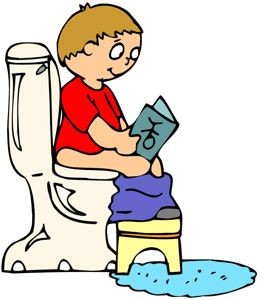
Prepare your child for potty training so that he can show his own willingness to get rid of nappies. You can place the potty seat where he can see it easily. You can also talk about cleanliness and explain that he will be tidy if he uses this seat.
If you have an older child, his toilet time can be used as an encouragement. You can tell your toddler that his elder brother has become a big boy because he doesn’t use nappies. By drawing comparisons, you can prepare your child emotionally for toilet training. It is also recommended that you make your child sit on the potty seat after every meal.
Role of Videos and Cartoons
Young toddlers are extremely influenced by visuals. Show your child toilet training videos and discuss the different aspects of toilet training and the interesting stories of the kids in the video with her. With this kind of visual exposure, your child will begin to show interest in sitting on the toilet seat.
Role of Diet in Toilet Training
When your child is ready for toilet training, make sure you give him a diet full of fibre and increase his liquid intake. A careful diet plan will help make toilet training easier because if your child is constipated, he may give a big no to the toilet completely.
Gentle Reminders to Nappy-Free Kids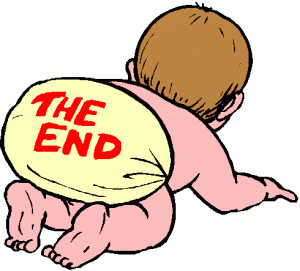
A very important stage in toilet training is removing your toddler’s nappy during the day. To do this successfully, remove the nappy but remind her gently at certain intervals to try to use the toilet. If you know that your child hasn’t had a wee or poo for a while, take her to the toilet. Don’t pressure her but convince her to begin by sitting on the toilet seat. Initially, she will be a bit uncomfortable, but with continuous practice, she will start using the toilet. If you don’t remove nappies, your child may not feel the need to go to the toilet.
Duration of Toilet Training
How long does it take for a child to stay dry? This is a question that bothers many parents. It is common to compare your kids with others and get worried. Rest assured that your child is different than all other kids in the universe: some kids take only a couple of weeks to stay dry while others may take several months to get used to the toilet.
Role of Incentives
Some kids respond well if they are given incentives for a certain task, and toilet training is no exception. There are many simple incentives that you can offer. Many kids find balloons fascinating, so one option would be to give your child a balloon for sitting on the toilet for a length of time.
Another option would be to make a star on your child’s hand or face at the end of the day. You could also reward your child with a story if he wees and poos in the toilet the entire day. Incentives work wonders with some kids.
http://www.pakparenting.com/toilet-training/http://www.pakparenting.com/wp-content/uploads/2015/11/toddler-feet-toilet-1024x1024.jpghttp://www.pakparenting.com/wp-content/uploads/2015/11/toddler-feet-toilet-150x150.jpgToddler Care Survival Guide for ParentsToddlerstoddler,toddler care survival guide,toilet trainingToilet Training Children learn bladder and bowel control when they naturally develop the desire to be dry and clean. Usually children learn to use a toilet between the ages of two and four, although there is some variation in this. Your toddler may start using the toilet earlier or later...Pak Parenting Teamkhadija Imtinanadmin@pakparenting.comAdministratorPak Parenting

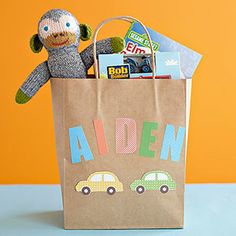



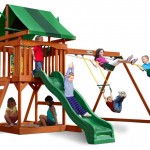

Leave a Reply